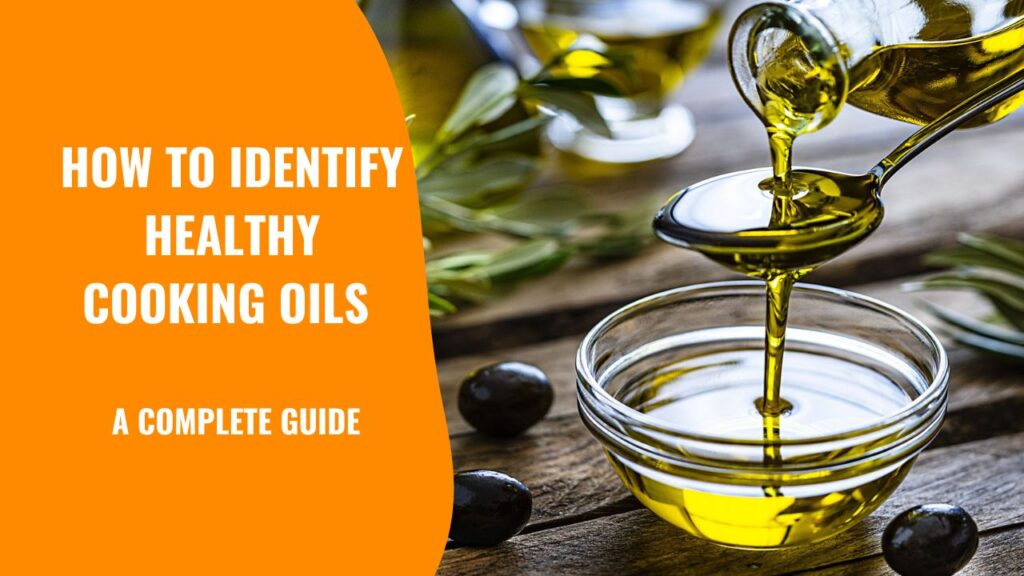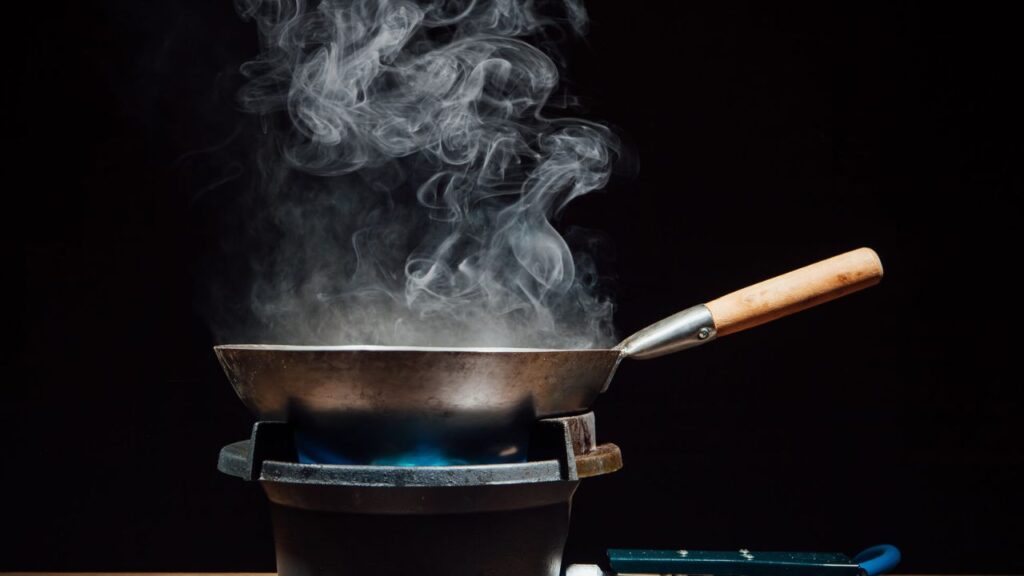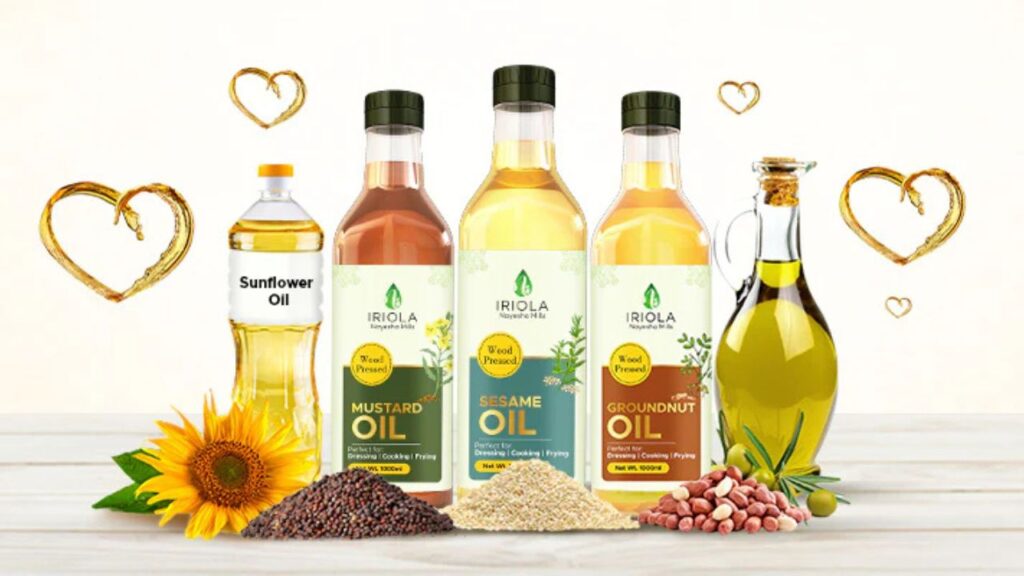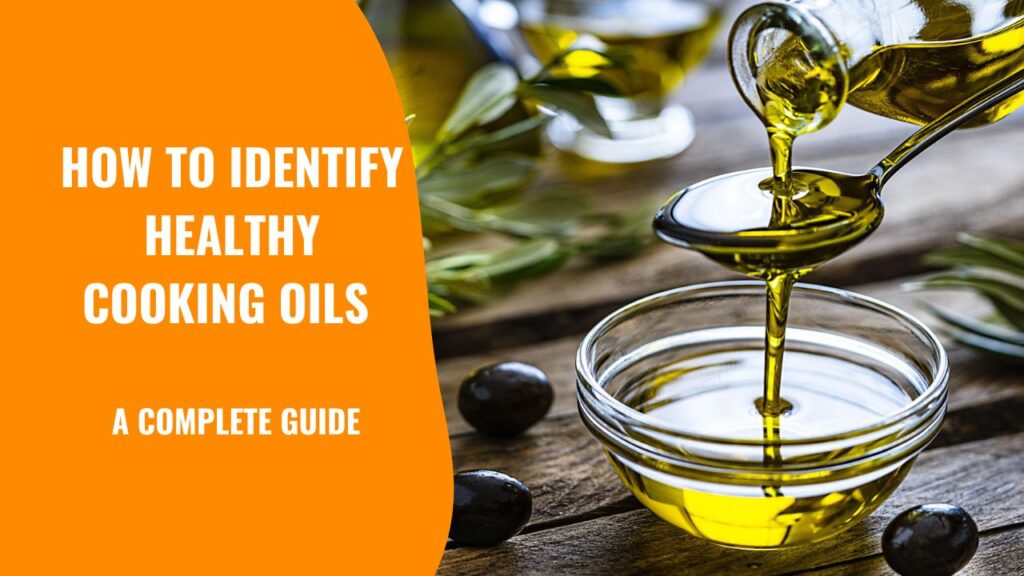
What’s in your kitchen could be influencing more than just your meal prep—it might be shaping your overall health. Cooking oils, something we often take for granted, play a vital role in how we cook, how our food tastes, and even how our bodies feel. But with so many options on the shelves today, how do you know which oils are actually good for you? If terms like “cold-pressed,” “refined,” or “omega-3s” leave you scratching your head, don’t worry—you’re not alone. This guide will break it all down for you, step by step.
Contents
Understanding Healthy Cooking Oils
What Makes an Oil Healthy?
Healthy cooking oils are those that provide benefits beyond just adding flavor to your dishes. The key is in their nutritional makeup. Oils rich in monounsaturated fats and polyunsaturated fats are generally considered the healthiest. These fats can support heart health, reduce inflammation, and even improve cholesterol levels when consumed as part of a balanced diet.
On the flip side, oils high in trans fats and excessive saturated fats can have negative effects on your body, so they’re best avoided or minimized. Naturally, it’s all about balance—healthy cooking oils should complement your overall diet without overloading your body with unnecessary fats.
Pro Tip:
Look for oils that offer essential fatty acids, like omega-3s and omega-6s, which are nutrients your body can’t make on its own. Examples include flaxseed oil or walnut oil.
Cold-Pressed vs Refined Oils
Here’s where things get a bit technical, but it’s easy to understand once broken down. Cold-pressed oils are extracted without high heat, preserving their natural nutrients and flavors. Think of olive or avocado oil—these are excellent examples of cold-pressed oils.
Refined oils, on the other hand, undergo processing to improve their shelf life and stability. While this makes them better suited to high-temperature cooking, the refinement process strips away some of their natural goodness.
Quick Comparison Table
| Cold-Pressed Oils | Refined Oils |
|---|---|
| Nutrient-rich | Longer shelf life |
| Full, natural flavor | Neutral taste |
| Best for low-heat cooking | Suitable for heavy frying |
The Role of Smoke Points
If you’ve cooked with oils that suddenly smell burnt or taste weird, you’ve probably exceeded their smoke point. The smoke point is the temperature at which an oil starts to break down. This isn’t just about taste—it also impacts the oil’s health properties. High-smoke-point oils, like avocado or sunflower oil, are better for frying, while low-smoke-point oils, like extra virgin olive oil, should be used for drizzling or dressings.

Common Cooking Oils and Their Smoke Points
| Oil Type | Smoke Point |
|---|---|
| Extra Virgin Olive Oil | ~375°F (low-medium heat) |
| Avocado Oil | ~520°F (high heat) |
| Coconut Oil (Unrefined) | ~350°F (low-medium heat) |
| Canola Oil | ~400°F (medium heat) |
Understanding these details can help you match the right oil to your cooking method, keeping both your health and your recipe intact.
How to Read Labels on Cooking Oils
Key Features to Look For
Navigating cooking oil labels can feel like decoding hieroglyphs, but it’s simpler than it seems. Look for terms like “cold-pressed,” “organic,” and “unrefined” when searching for healthier options. These indicate that the oil has undergone minimal processing, keeping it closer to its natural form.
- Choose oils labeled as “virgin” or “extra virgin.” These terms often signify higher quality and less refinement.
- Check the nutritional label. Prioritize oils rich in unsaturated fats while avoiding those heavy in saturated ones.
Identifying Rancid or Low-Quality Oils
Rancid oil can sabotage the taste of your food and potentially harm your health. How can you tell if your oil has gone bad? Look out for an off smell (think crayons or vinegar), a funky aftertaste, or a cloudy appearance. Unsure? It’s always better to err on the side of caution and replace questionable oils.

Benefits of Different Cooking Oils
Best Oils for Health
If you want heart-friendly options, go for oils with monounsaturated fats—olive oil and avocado oil are great staples here. For a metabolism boost, coconut oil can work wonders.
Flaxseed oil and walnut oil pack impressive amounts of omega-3 fatty acids, making them ideal for drizzling over salads or adding to smoothies.
Specific Uses and Advantages
Ever wondered why professional chefs reach for certain oils? Here’s why:
- High-heat cooking (e.g., frying): Avocado oil, ghee, or peanut oil.
- Sautéing and stir-frying: Canola oil or grapeseed oil.
- Baking: Coconut oil or butter.
- Cold applications (dressings and dips): Extra virgin olive oil or walnut oil.
Each oil has a role to play, so don’t shy away from experimenting until you find your favorites.
Tips for Choosing the Right Oil
Tailoring Oils to Cooking Methods
Matching the oil to the method prevents it from losing its nutritional value or flavor. Do you love homemade fries? Stick with high-smoke-point oils like sunflower or avocado oil. Whipping up a delicate vinaigrette? That’s where light, flavorful oils like virgin olive oil shine.
Personal Note:
For everyday use, I swear by a good-quality extra virgin olive oil. It’s versatile, loaded with antioxidants, and works for everything from salad dressings to sautéing veggies.
Practical Buying Tips
When in doubt, start small. Grab 2–3 oils that suit your cooking needs and build your “arsenal” from there. Farmers markets are often a treasure trove of high-quality oils, and online specialty retailers can offer unique varieties you won’t find in supermarkets.
FAQs
1. What are the healthiest oils for frying?
Go for oils with high smoke points, like avocado or peanut oil.
2. What does “cold-pressed” mean, and why is it better?
Cold pressing extracts oil without heat, preserving nutrients.
3. Can I cook with unrefined oils?
Yes, but only at low to medium temperatures to protect their nutrients.
4. How do I know if an oil has gone bad?
Check for off-smells, odd flavors, or cloudiness.
5. Is it worth spending extra on organic oils?
Absolutely, especially if you prefer oils without synthetic additives.
Conclusion
Healthy cooking oils don’t have to be complicated. Knowing how to identify the best oil for your health and cooking style can make all the difference. Whether it’s the buttery richness of avocado oil or the light versatility of olive oil, the right choice can elevate your meals and your wellness in one swoop.

